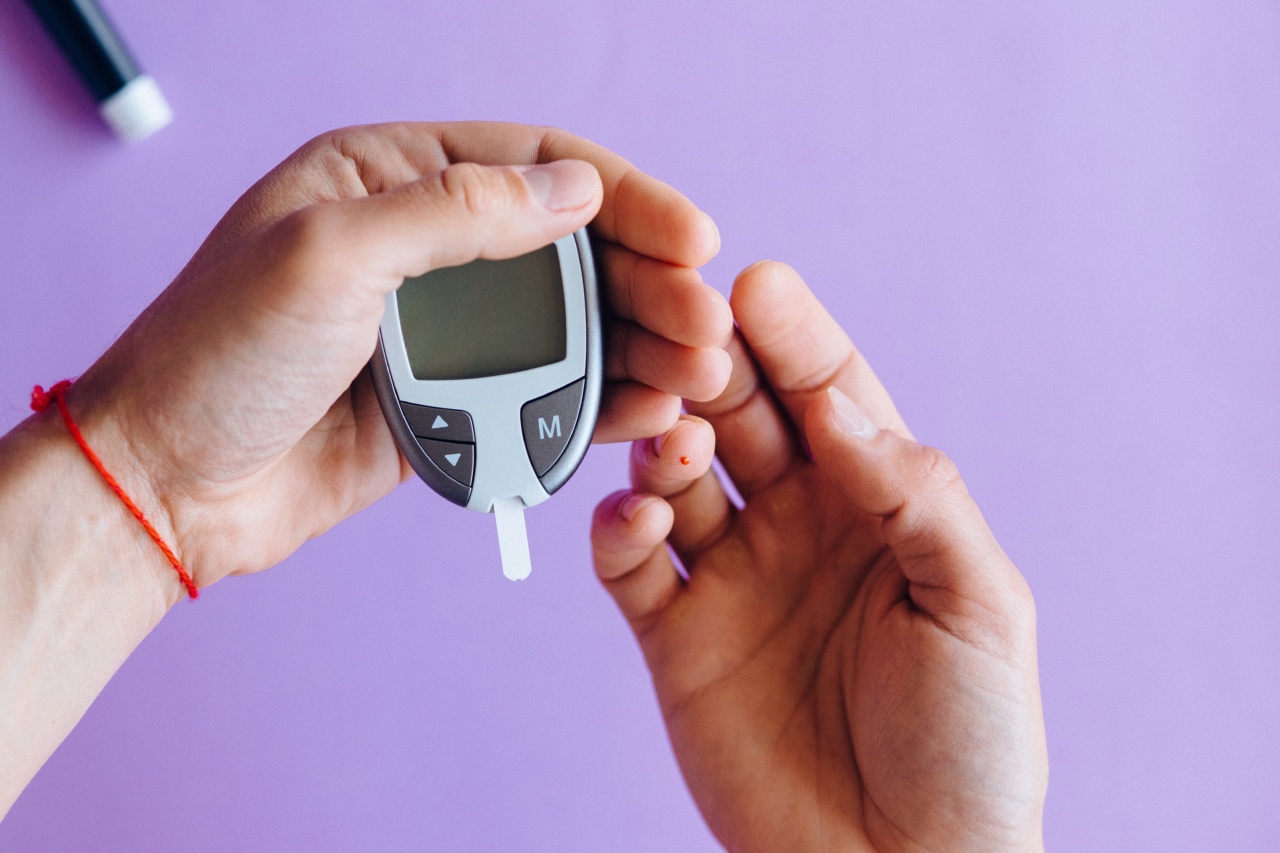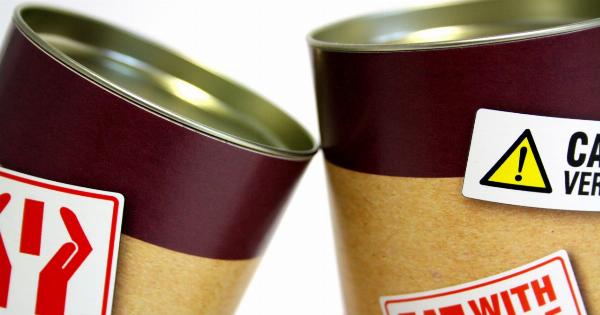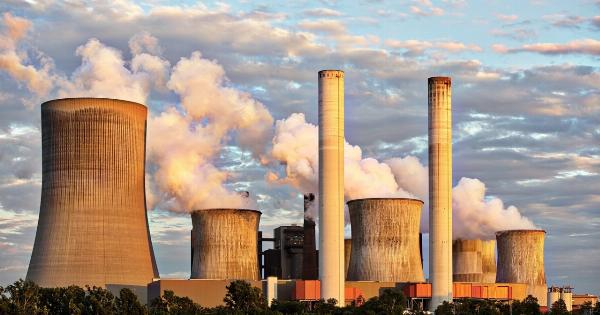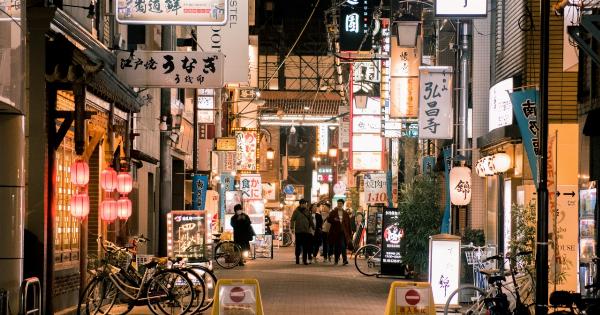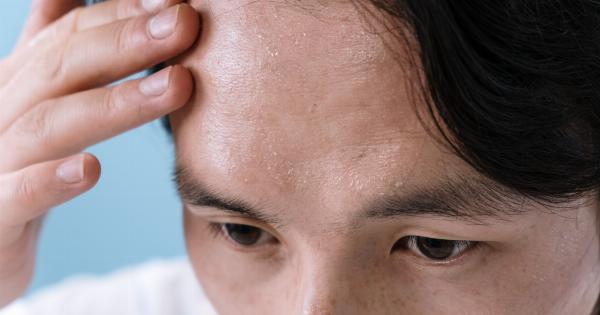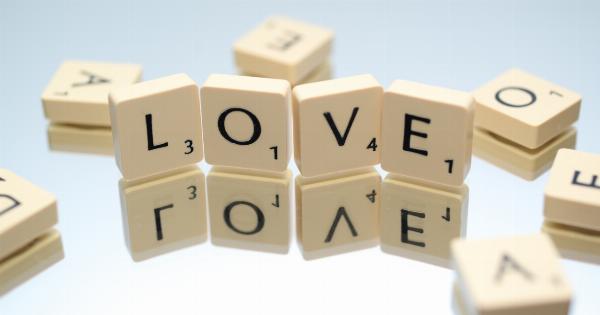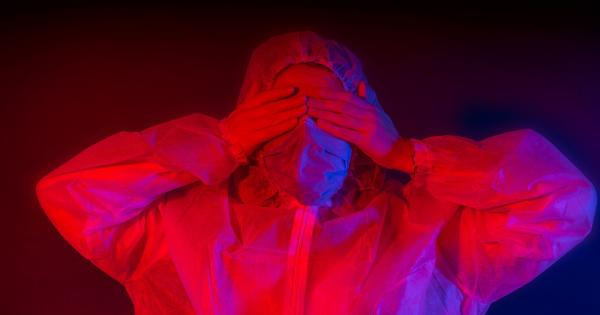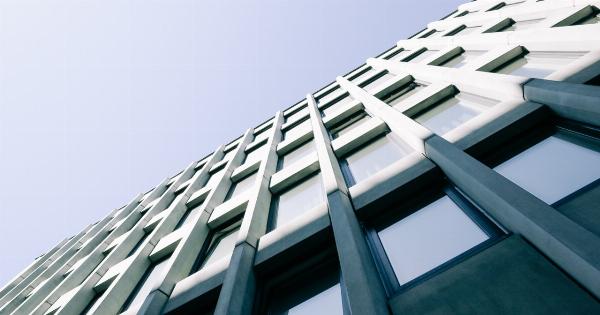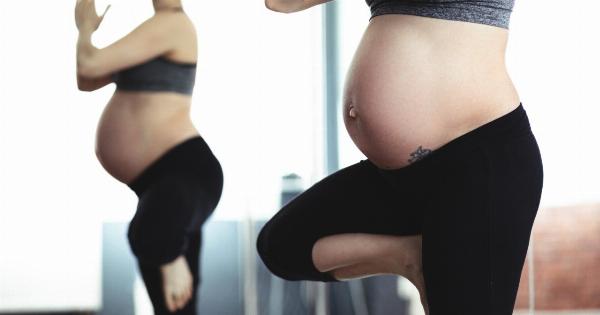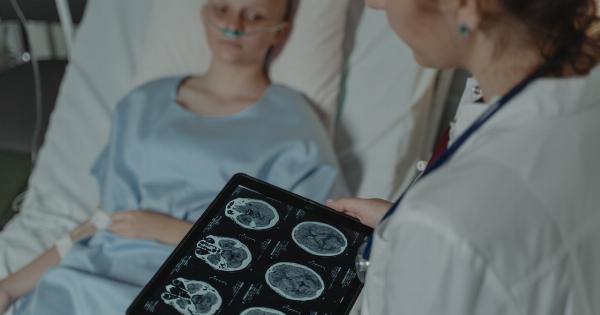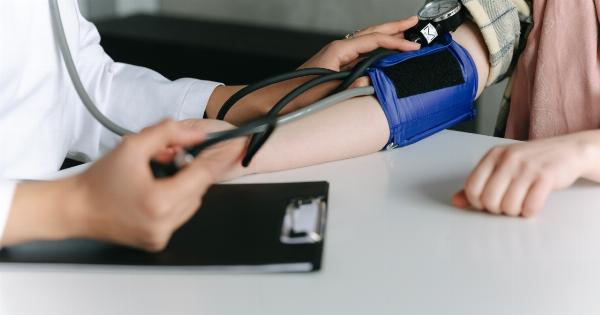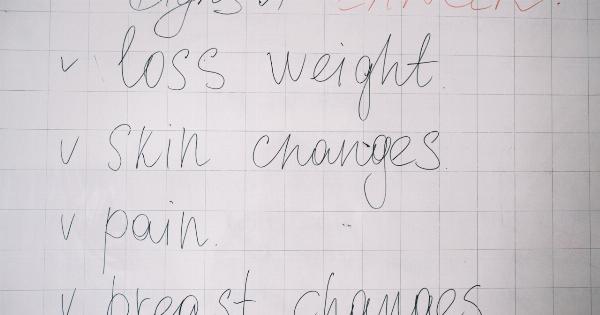High blood pressure, also known as hypertension, is a common condition that affects millions of people worldwide. It occurs when the force of blood against the artery walls is too high, putting extra strain on the heart and blood vessels.
If left untreated, high blood pressure can lead to serious health problems, including heart disease, stroke, and kidney damage. While high blood pressure may not always cause noticeable symptoms, there are some signs that you should never ignore. In this article, we will discuss ten symptoms of high blood pressure that you should be aware of.
1. Headaches
Frequent headaches, especially in the mornings, can be a sign of high blood pressure. These headaches are typically described as a pulsating sensation on both sides of the head and may worsen with physical activity.
2. Fatigue and Weakness
Feeling tired or weak even without any physical exertion can indicate high blood pressure. This symptom is often overlooked or attributed to other factors, such as a lack of sleep or stress.
3. Shortness of Breath
If you find yourself becoming easily breathless after mild physical activity or even at rest, it could be a sign of high blood pressure.
When blood pressure is high, the heart has to work harder to pump blood, leading to less oxygen supply for the body.
4. Chest Pain
Chest pain or discomfort may occur as a result of reduced blood flow to the heart muscle due to high blood pressure.
It is crucial to differentiate between chest pain caused by high blood pressure and that resulting from a heart attack, as immediate medical attention is required for the latter.
5. Vision Problems
Blurred vision, double vision, or experiencing a sudden loss of vision can be associated with high blood pressure. These visual disturbances occur due to the damage caused to the blood vessels in the eyes.
6. Dizziness
Feeling lightheaded, dizzy, or experiencing fainting spells can indicate high blood pressure. These symptoms occur due to inadequate blood flow to the brain, disrupting normal functioning.
7. Nosebleeds
While nosebleeds are often attributed to dry weather or allergies, they can also be a sign of high blood pressure. Increased pressure within the blood vessels can cause the tiny vessels in the nose to rupture, leading to nosebleeds.
8. Irregular Heartbeat
An irregular heartbeat, also known as arrhythmia, can occur with high blood pressure. The heart may beat too fast, too slow, or in an irregular pattern. It is important to consult a healthcare professional for proper diagnosis and treatment.
9. Swollen Ankles and Feet
Experiencing swelling in the ankles and feet, often accompanied by puffy hands or fingers, can be caused by high blood pressure. The excess pressure within the blood vessels forces fluid out into the surrounding tissues.
10. Flushing
Unexplained flushing of the face or redness of the skin can be a symptom of high blood pressure. This occurs due to the blood vessels near the skin’s surface dilating in response to increased pressure.
If you experience any of these symptoms, it is important not to ignore them. Although these signs may not always be directly caused by high blood pressure, they could indicate an underlying health issue that requires medical attention.
Regular blood pressure checks are also crucial, especially if you have risk factors such as a family history of hypertension, being overweight, or leading a sedentary lifestyle. Managing blood pressure through lifestyle modifications, such as exercise, a balanced diet, stress reduction, and medication if necessary, is key in maintaining overall well-being.
